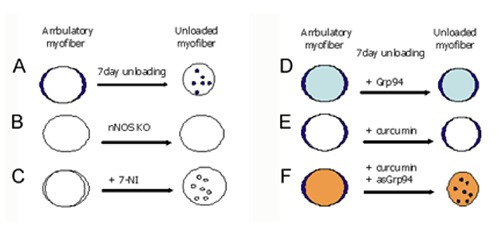Abstract
Myologists working in Padua (Italy) were able to continue a half-century tradition of studies of skeletal muscles, that started with a research on fever, specifically if and how skeletal muscle contribute to it by burning bacterial toxin. Beside main publications in high-impact-factor journals by Padua myologists, I hope to convince readers (and myself) of the relevance of the editing Basic and Applied Myology (BAM), retitled from 2010 European Journal of Translational Myology (EJTM), of the institution of the Interdepartmental Research Center of Myology of the University of Padova (CIR-Myo), and of a long series of International Conferences organized in Euganei Hills and Padova, that is, the PaduaMuscleDays. The 2018Spring PaduaMuscleDays (2018SpPMD), were held in Euganei Hills and Padua (Italy), in March 14-17, and were dedicated to Giovanni Salviati. The main event of the “Giovanni Salviati Memorial”, was held in the Aula Guariento, Accademia Galileiana di Scienze, Lettere ed Arti of Padua to honor a beloved friend and excellent scientist 20 years after his premature passing. Using the words of Prof. Nicola Rizzuto, we all share his believe that Giovanni “will be remembered not only for his talent and originality as a biochemist, but also for his unassuming and humanistic personality, a rare quality in highly successful people like Giovanni. The best way to remember such a person is to gather pupils and colleagues, who shared with him the same scientific interests and ask them to discuss recent advances in their own fields, just as Giovanni have liked to do”. Since Giovanni’s friends sent many abstracts still influenced by their previous collaboration with him, all the Sessions of the 2018SpPMD reflect both to the research aims of Giovanni Salviati and the traditional topics of the PaduaMuscleDays, that is, basics and applications of physical, molecular and cellular strategies to maintain or recover functions of skeletal muscles. The translational researches summarized in the 2018SpPMD Abstracts are at the appropriate high level to attract approval of Ethical Committees, the interest of International Granting Agencies and approval for publication in top quality, international journals. In this chapter II are listed the abstracts of the March 15, 2018 Padua Muscle Day. All 2018SpPMD Abstracts are indexed at the end of the Chapter IV.
Key Words: Giovanni Salviati, proof of concept, translational myology, PaduaMuscleDays















